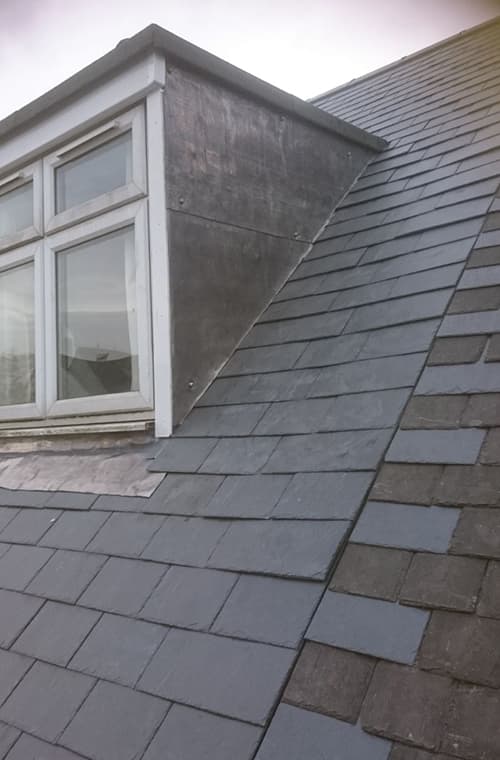As with any technology based industry, the roofing industry has evolved and undergone massive change throughout the ages. Here at roofers Nottingham, we love to appreciate the history that has led to our modern practices, which has ultimately made our life easier and given us the ability to carry out and complete jobs quicker. While roofing remains, and will always remain, a dangerous trade, modern safety practices, tools and processes have made the process far more streamlined.
Before modern transport, and the farming of materials on an industrial scale, roofing was largely dependent on what was available locally. Historically in England, this was was slate, clay and thatch – think about the instantly recognisable thatched roofs you seen when driving through a quaint English village. The goal has always been to have lightweight materials, high insulation, highly wear resistant, and aesthetic roofing. It’s certainly a challenge to incorporate everything, where there are typically trade-offs – for example, heavier materials tend to be robust but are more difficult to transport. Lighter materials are easier to transport, but more susceptible to wear. Fortunately for everyone, our modern technologies mean transport isn’t an issue, so you can get the best quality roof for an affordable price. Let’s look at how we got there.
Since men inhabited the earth, shelter was a necessity for survival and protection. Turf was used for basic shelter from the elements. Although this provided good insulation, it was far from ideal, not being waterproof or able to keep vermin out. The earliest evidence of roof tiles dates them at approximately 5000 years ago in China. The ancient Greeks indepently developed fired roof tiles in the 3rd millenium BC. Tiles spread across southern Europe, but weren’t introduced to England until the Romans brought their influence with them. Clay tiles were largely lost with the departure of the Romans, and were then hardly seen across England until the 13th century when they made a resurgence. Thatched roofing was developed in the eighth century and became a classic feature of the English countryside.
Thatched Roofing
The advantage of thatch compared with tiles was that materials were available anywhere. Rather than having to wait weeks, or months to organise the transport of heavier tiles, thatched roofing could be implemented quickly and for low cost. Thatching involves dense packing of dried vegetation, of which there are many suitable types. Straw, reeds, and many long grasses could all be used. Because of the ability to create very thick layers, thatched roofs provide excellent insulation. In a cooler country like England, this was vital during the colder months.
Thatching is a skill that requires care to get right, and among other issues it is highly flammable, which becomes a big problem as infrastructure develops and more houses are positioned closer together. The Great Fire of London in 1666 wreaked such havoc, in large part due to thatched roofing that helped the fire quickly and easily spread. Thatched roofing in London was actually declared in law in the 12th century to be replaced with clay, for the very reason of preventing fires, and after the fire was completely outlawed in the capital.
Nowadays we tend to associate thatched roofs as a lovely aspect of our history, although they are still common in developing countries given the ease of access to local vegetation.
Thatching is not one of the roofing services in Nottingham that we offer!
Clay Tiles
Clay tiles started to become popular again around the 13th century. Because of their weight and subsequent difficulty to transport, they were mostly prominent only in areas with ease of access. For example, the thames giving access to London. Although fire-proof, they weren’t without their share of problems. Methods of firing at the time left clay susceptible to warping, meaning tiles were often not uniform. Early clay roofing was often leaky as a result. Modern machines are now used to produce wonderfully uniform clay tiles of various shapes, leading to stunning tiled roofs.
Clay is not without its problems – it is a fairly brittle and porous material that leaves it susceptible to the cold. Cold water that gets absorbed can expand and tiles can crack. Cracked tiles need to be dealt with immediately, else they pose a risk of falling, and can also lead to leaks. Industrial production of clay roofing started in the 19th century, aligned with the boom in industry brought by the industrial revolution.
We’ll continue in part 2, looking at other common technologies used and their history!
We pride ourselves on being a premier roofing company in Nottingham and always aim to deliver the highest standards of service. Check us out on Yell, and also at the social media links below!

